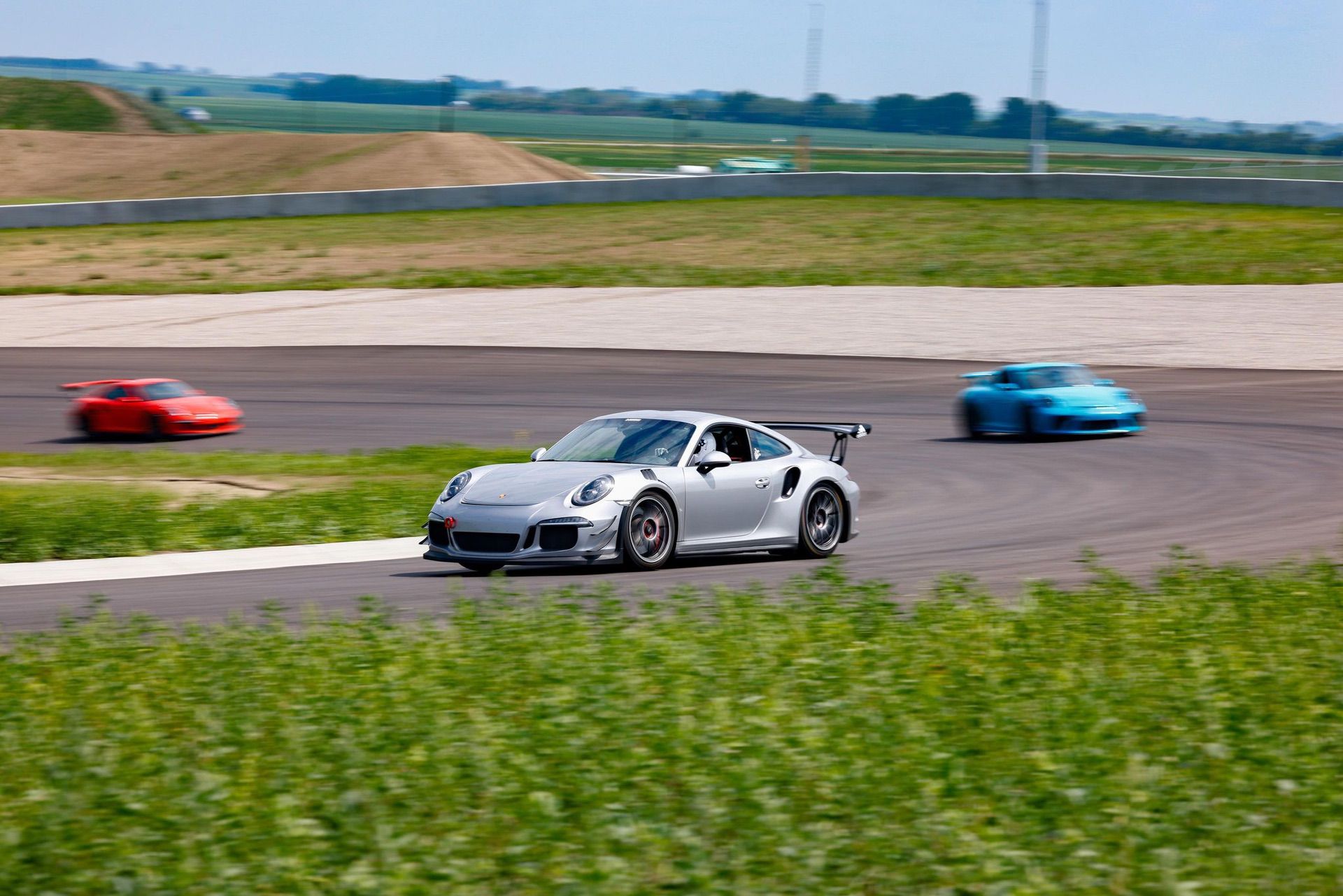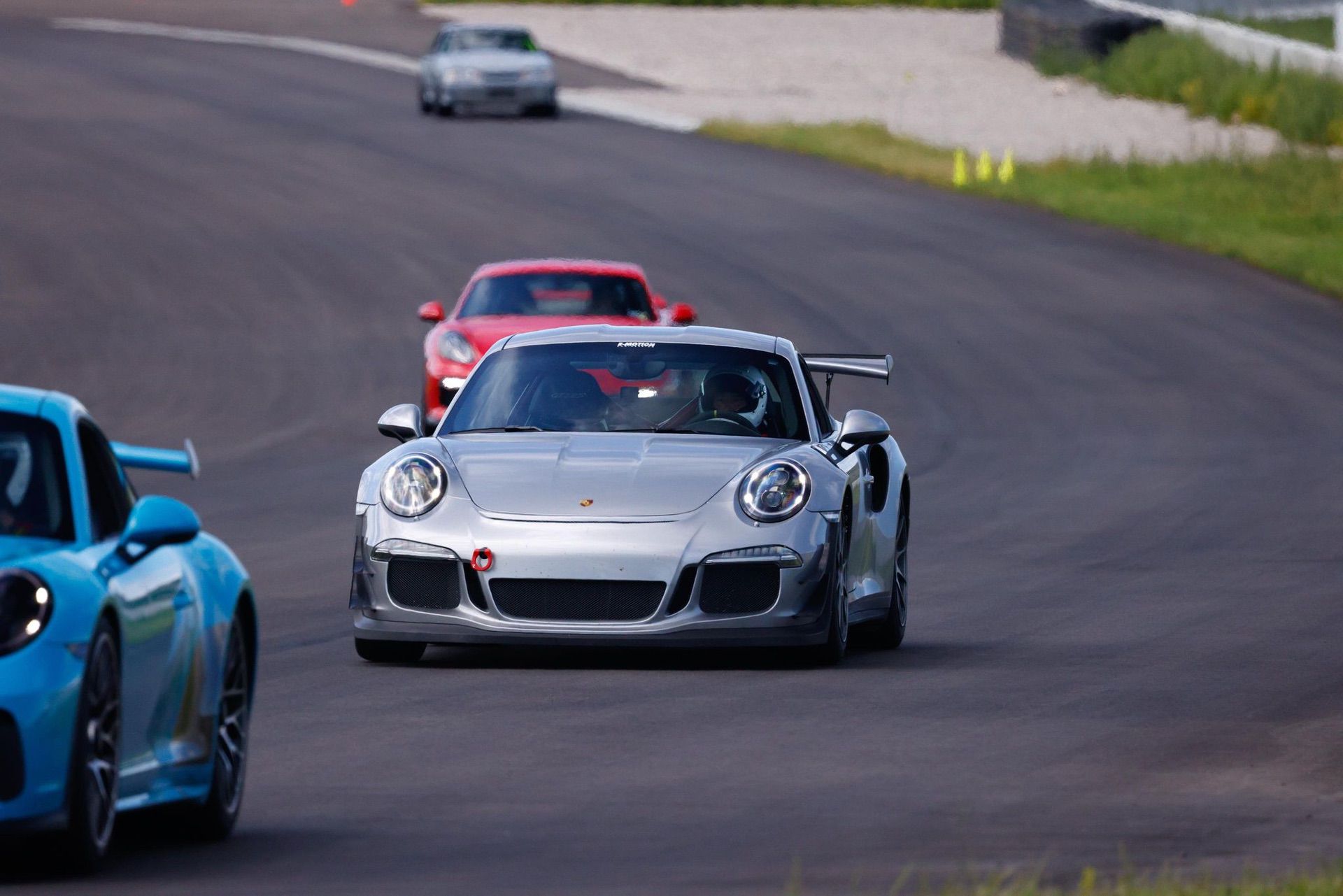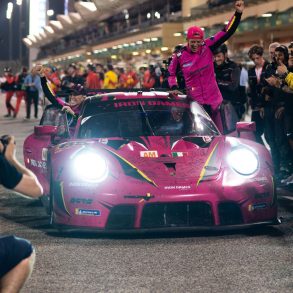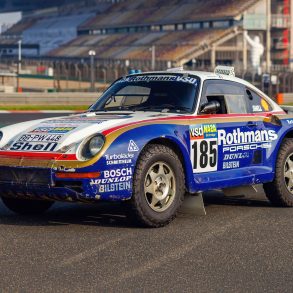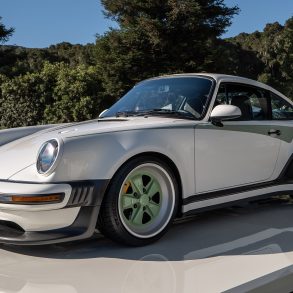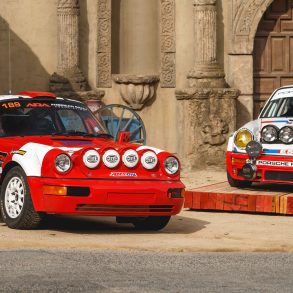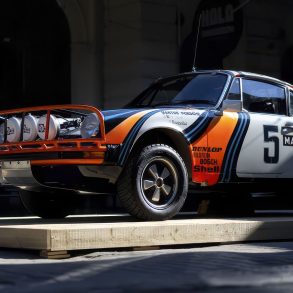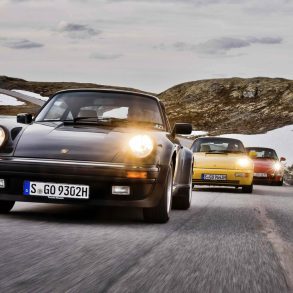You just picked up a nice sports car—like a Porsche 718 or Porsche 911—to bomb around town in. Your gearhead friends egg you on to take it for some laps around the local circuit in order to experience what your new ride is truly capable of.
The prospect of doing that is definitely a good one, and it’s also a sign that you chose the right people to surround yourself with. But it quickly dawns on you that you don’t even know how to get started, or really, what to expect. Your friends offer some insights, but you still feel anxious about the unknown.
Are you now thinking about attending your first High Performance Driving Event (abbreviated as ‘HPDE’, and often referred to as a “lapping day”) at a race track? If so, this article was written just for you.
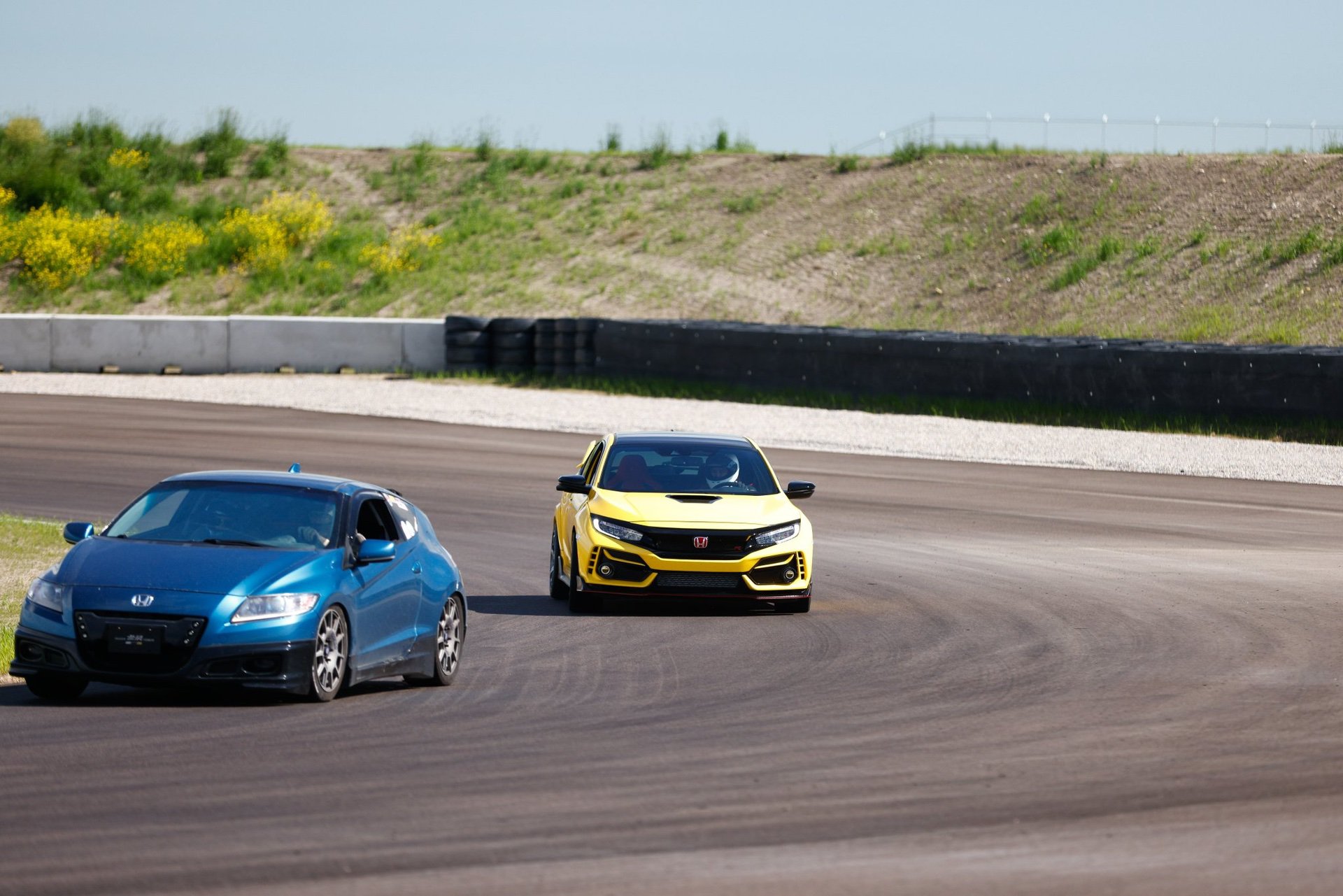
This can feel like an intimidating endeavor for first timers or novices. Rest assured that this is a normal response—after all, a lot of variables are at play, all of which can create doubts in our minds. You might think to yourself:
“My car isn’t fast or reliable enough to go to a race track.”
“Everyone else will be more experienced and I don’t know how to get prepared.”
“Are these events safe? I don’t want to wreck my car or cause an accident.”
These are just some of the most common reservations that newcomers and less experienced lappers have about heading out to the race track.
Don’t worry—you don’t have to be ready to drive your Porsche at Le Mans just yet. To help overcome these objections, here are some tips to help you prepare for an HPDE and feel confident about (and in control of) how your time there will unfold.
5 Things to Know Before You Go
Ensure Your Vehicle Is Safe and Track-Worthy
This means brake pads, all fluids, tires, etc. are in an acceptable state to withstand the rigors of high performance driving for at least the duration of the event. Some events will require a licensed mechanic to sign off on an inspection form, while others will simply trust that you have things in order. Explore our Porsche maintenance articles to learn more.
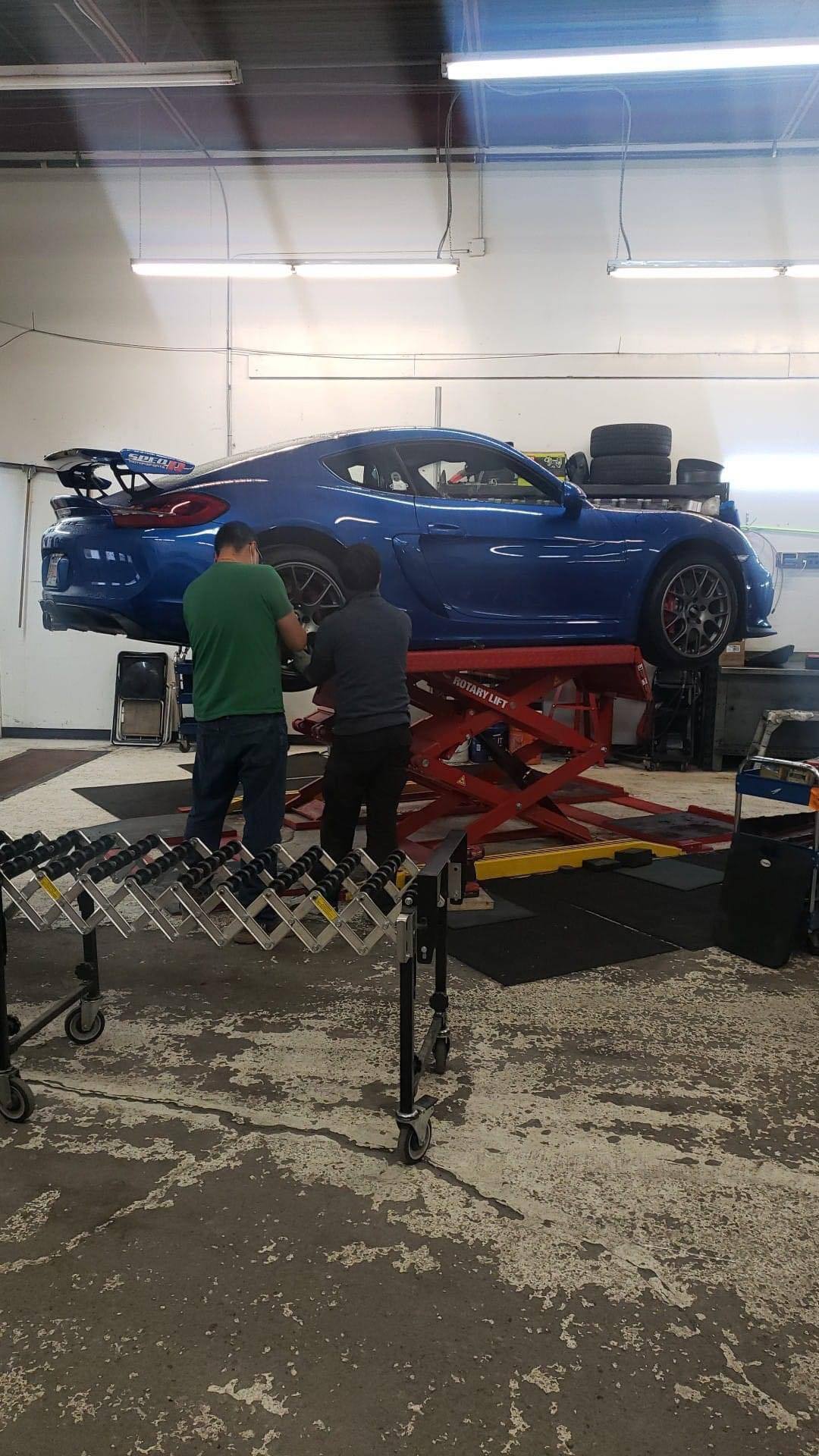
Choose Your Event Carefully
Sign up for an HPDE that is run by a reputable event organizer with a strong safety record—and one which also provides personal instructors. If you’re unsure where to find one, your local performance shops or automotive clubs should be able to direct you to the right people.
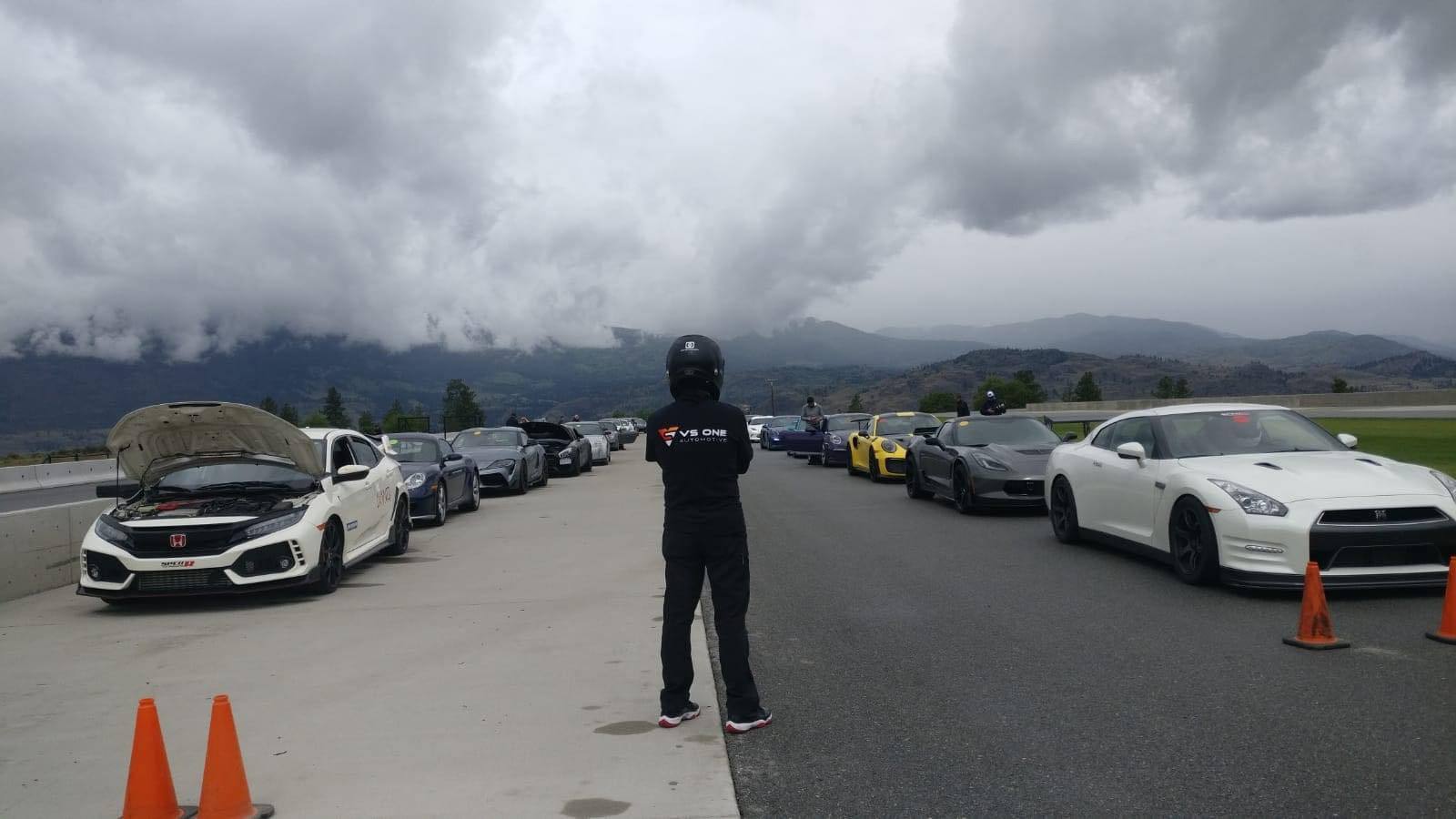
Study the Track
Once you’re registered, start studying the racetrack as best you can. If you’re attending an event at an established facility, there should already be plenty of resources online (track maps, Youtube videos, etc).
Make yourself familiar with the event rules provided by the organizer beforehand. This includes everything from check-in procedures to passing protocol, flagging systems, pit speeds, disciplinary codes, and general facility requirements. Following these rules is essential in determining how smoothly your day goes, from the moment you enter the facility to the time you leave—so take them very seriously.
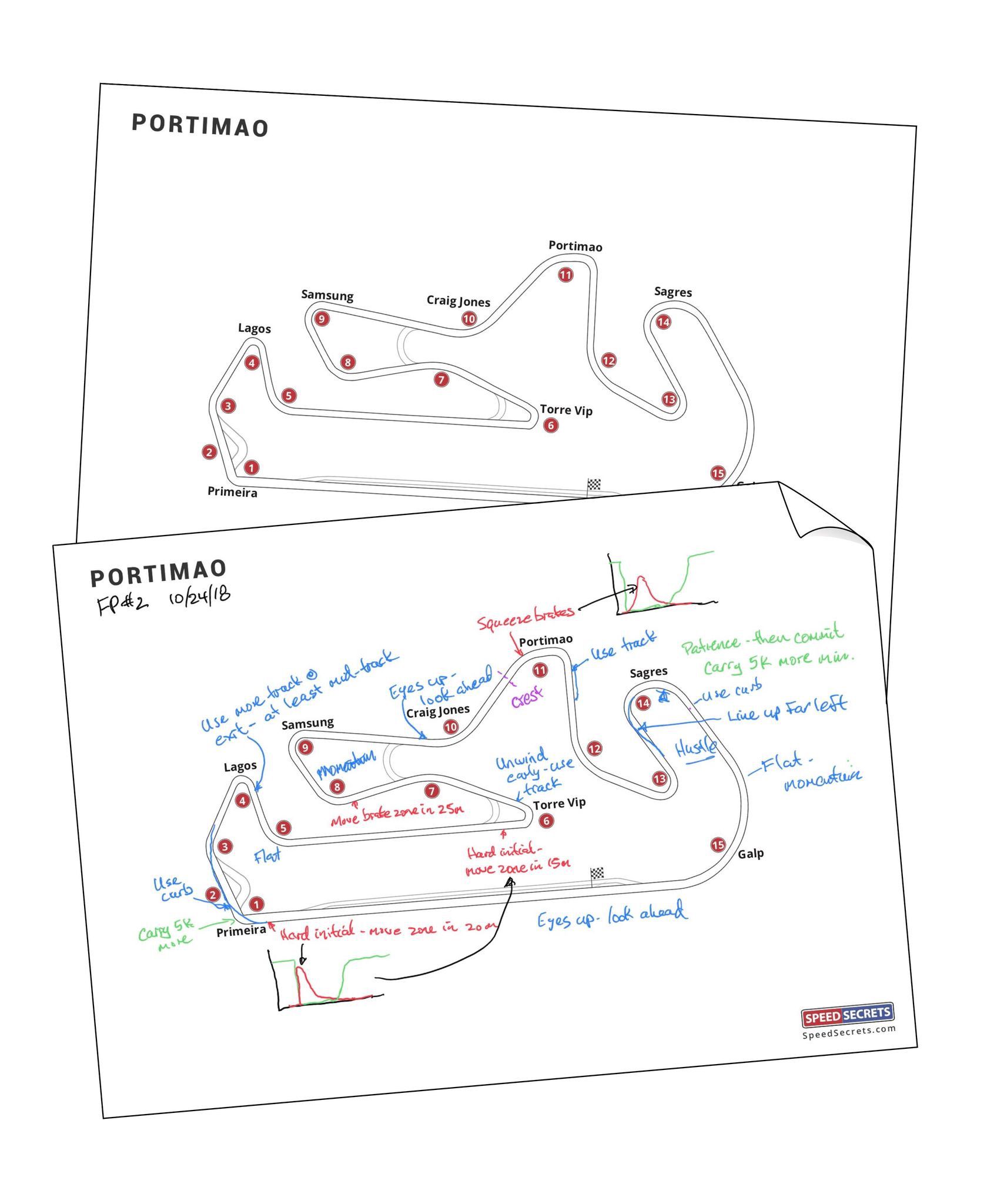
Use the Right Tech in Your Vehicle
Purchase and install lap-timing equipment and if possible, video recording equipment as well. I highly recommend a Garmin Catalyst as an all-in-one solution.
I would like to stress that these are to be used strictly as educational tools and not to “show off” to other drivers. Analyzing video and data can be an essential component in improving your skills, especially when other drivers are also sharing theirs and providing benchmarks.
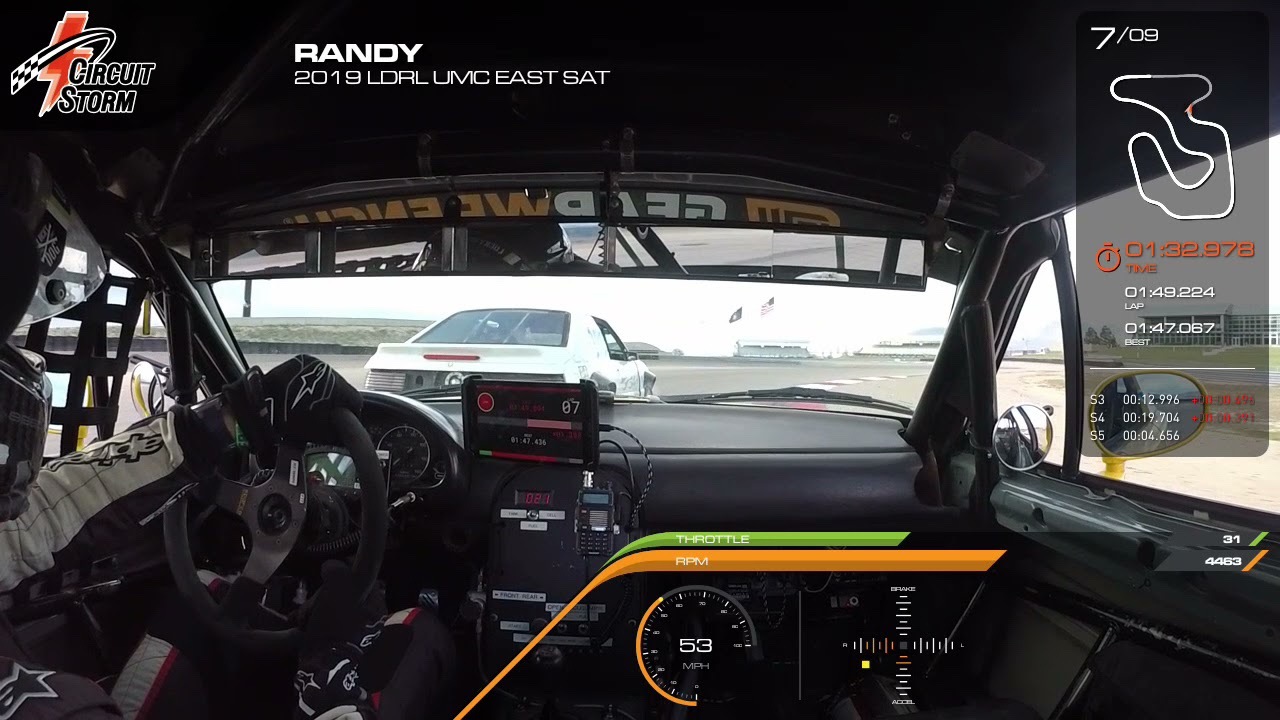
Prepare for Your Event
Come to your HPDE prepared, both physically and mentally. Many events start early in the morning and can go on until the late afternoon or early evening. Get lots of sleep the night before, bring enough hydration to last throughout the day, and pack a lunch if not already provided at the event.
Don’t forget your lawn chair, sunscreen, and anything else that would keep you comfortable and prevent fatigue. Remember to bring any tools you might need, too—oh, and a certified helmet if you’ve got one (if not, the facility should provide rentals and can also clarify certification requirements).
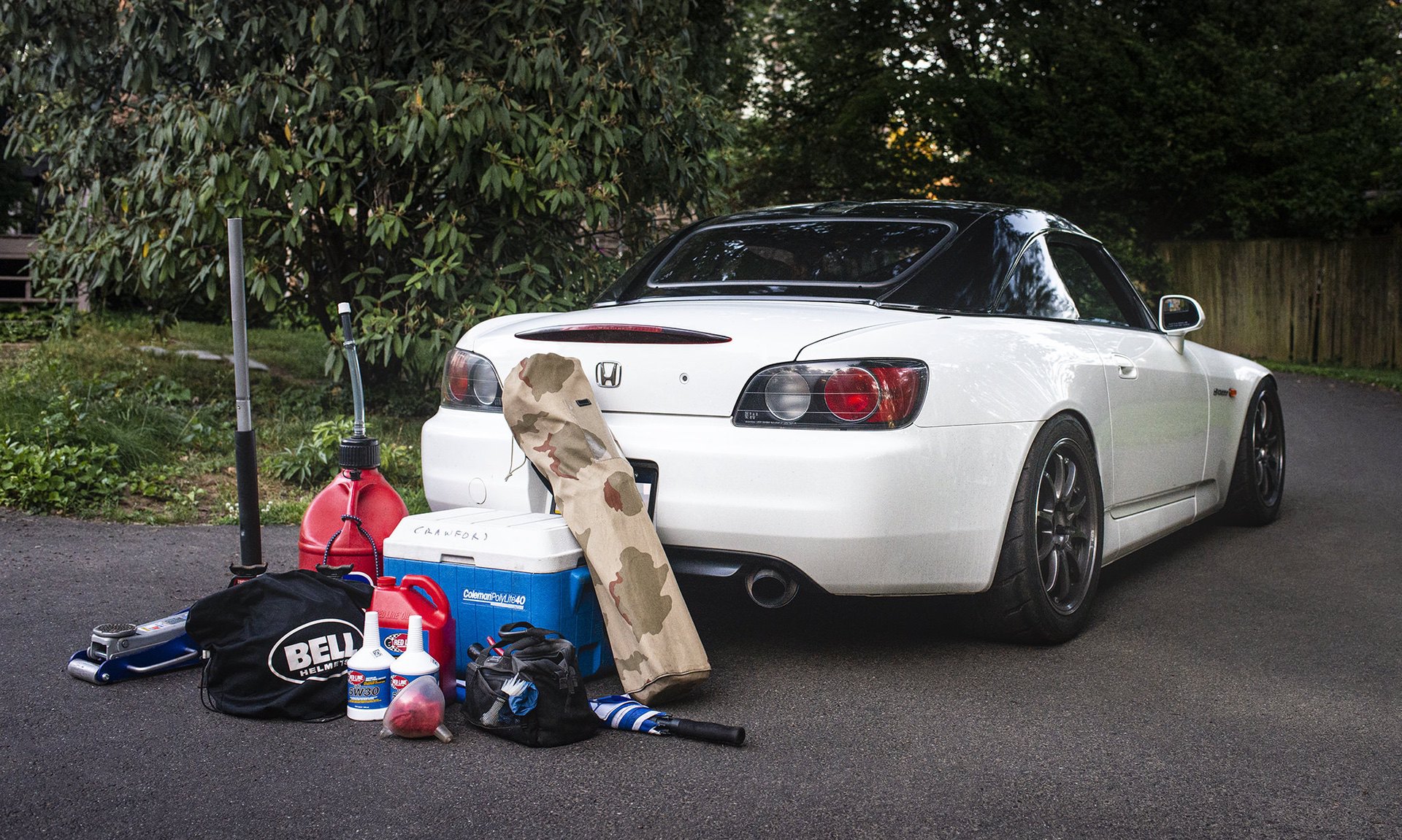
5 Things to Do While You’re There
Arrive Early & Set Up
Remove all items from your car that don’t need to stay in there (tools, tire gauges, lawn chairs, etc.) while you’re in the pits, and set up your basecamp. Sometimes this space is shared with friends and other participants. Swap your wheels, top up your fluids, adjust your tire pressures, etc., if you need to.
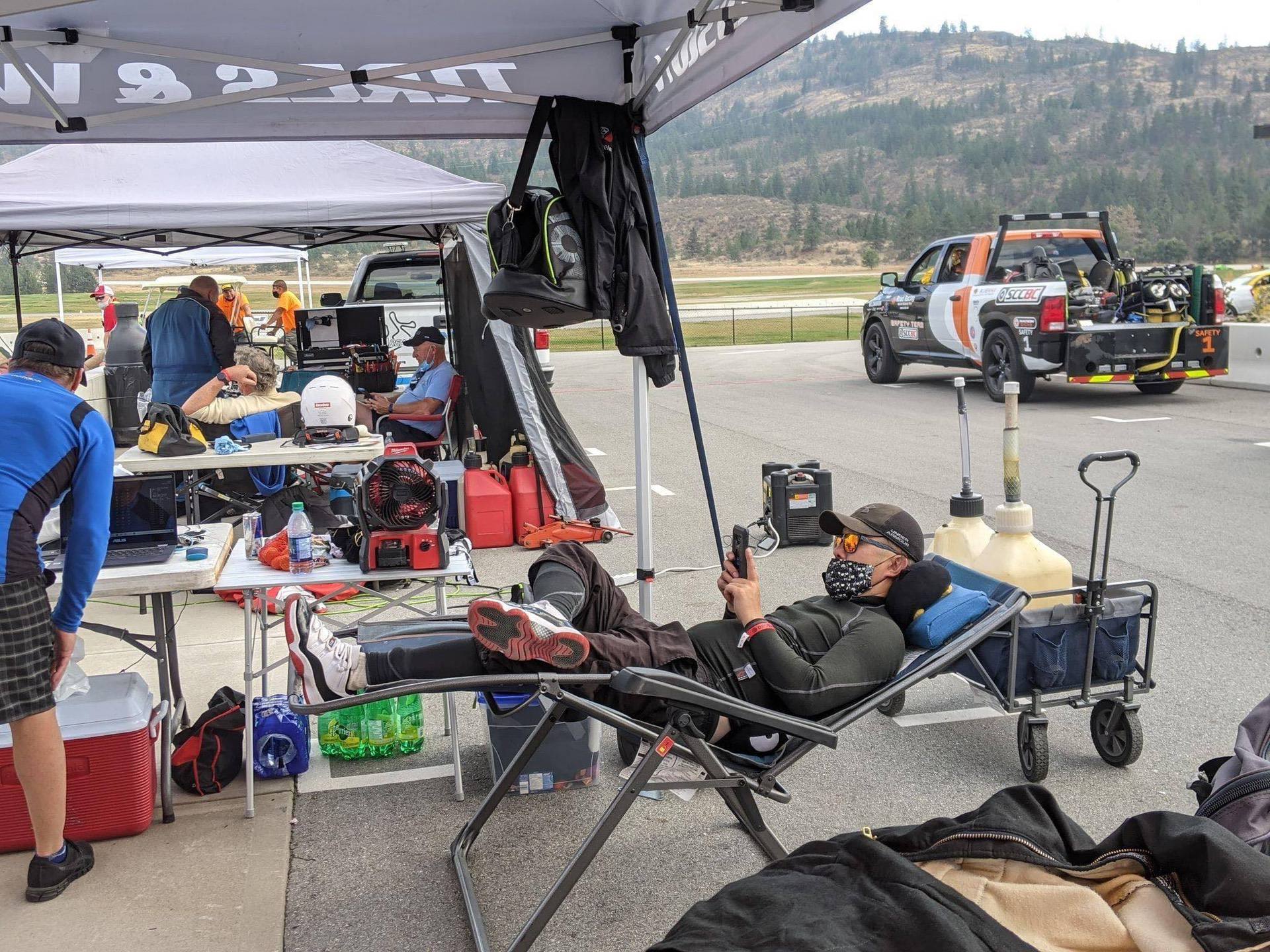
Attend the Driver’s Meeting Led by the Event/Facility Chief Instructor
This is typically mandatory, and often includes a classroom element—which revisits the event rules you should have studied the day prior. This would be a great time to ask questions regarding anything you are still unsure about.
By now, your one-on-one instructor may also have introduced him or herself to you—if not, make sure you know where to find this person!
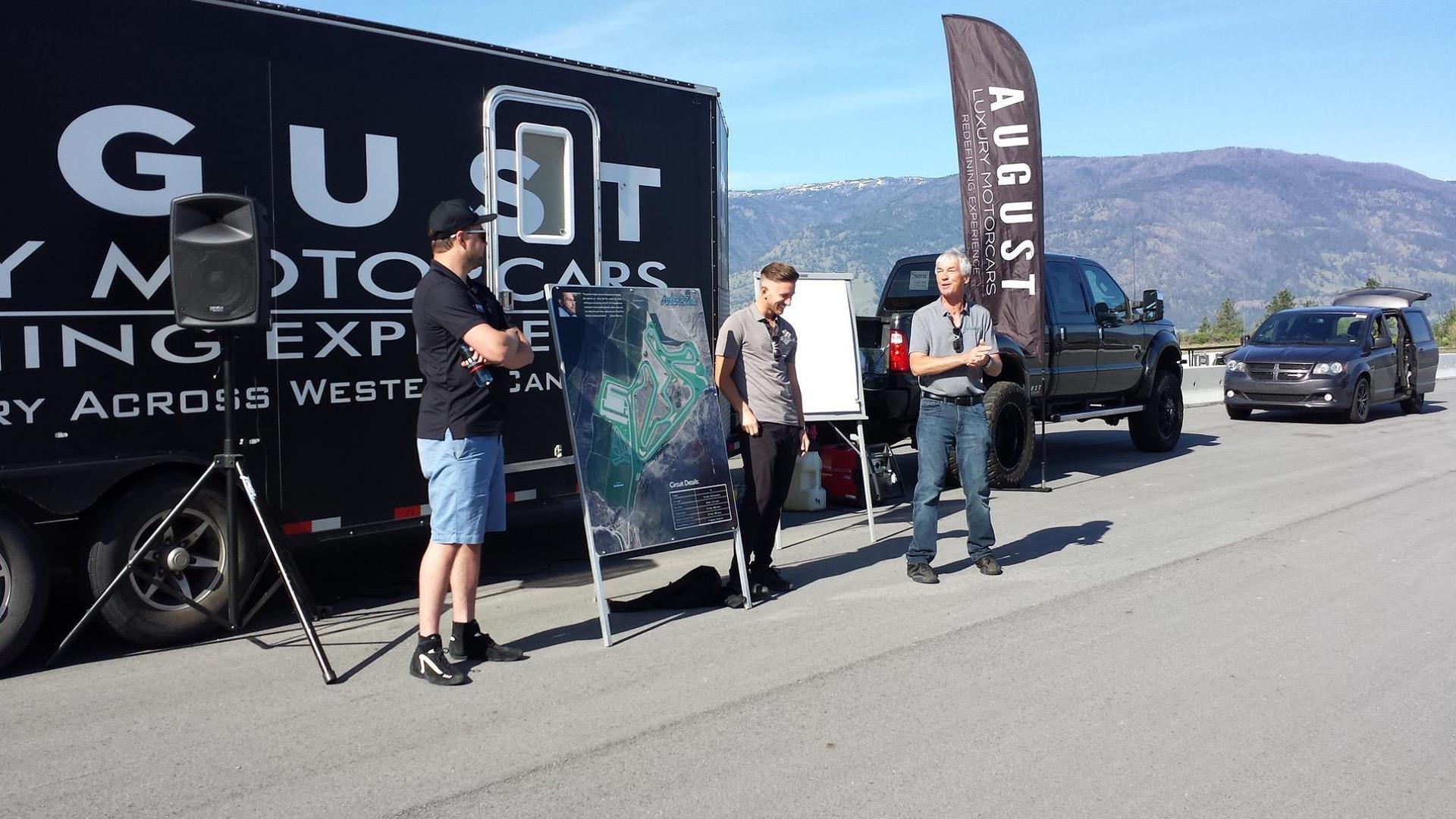
Bring an “Elite” (and NOT “Elitist”) Mentality
This could be a whole article on its own, but in short, leave the ego at home. Have that conversation with your instructor, who will help keep you on track, figuratively and literally. You’ll be reminded that today, “winning” means finishing the day as a better driver than when you first showed up, not about going faster than other participants.
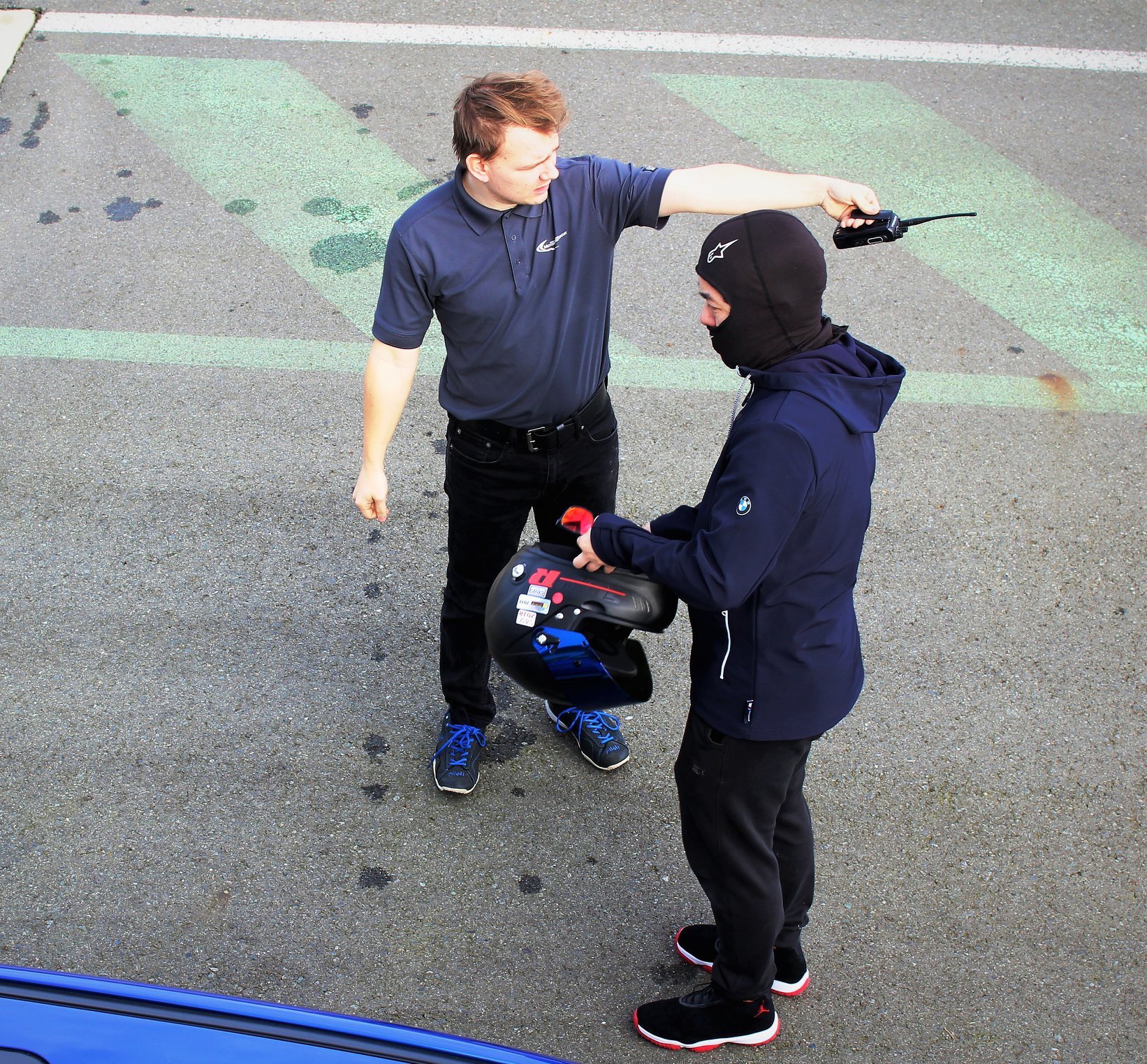
Trust the Process
Today is about learning new things, regardless of the caliber of car you’re driving. Be receptive to the advice your instructor provides during ride-alongs. Don’t be a stranger; strike up a conversation with other drivers, too—a simple tip can lead to epiphanies on and off the track.
Drive within your car’s limits (as well as your own) during the day, as chances are you’ll be driving that very same car to get back home—don’t do anything to jeopardize that! Remember that this is NOT a competitive environment; it’s meant to be an educational one.
Find performance data for your Porsche here.
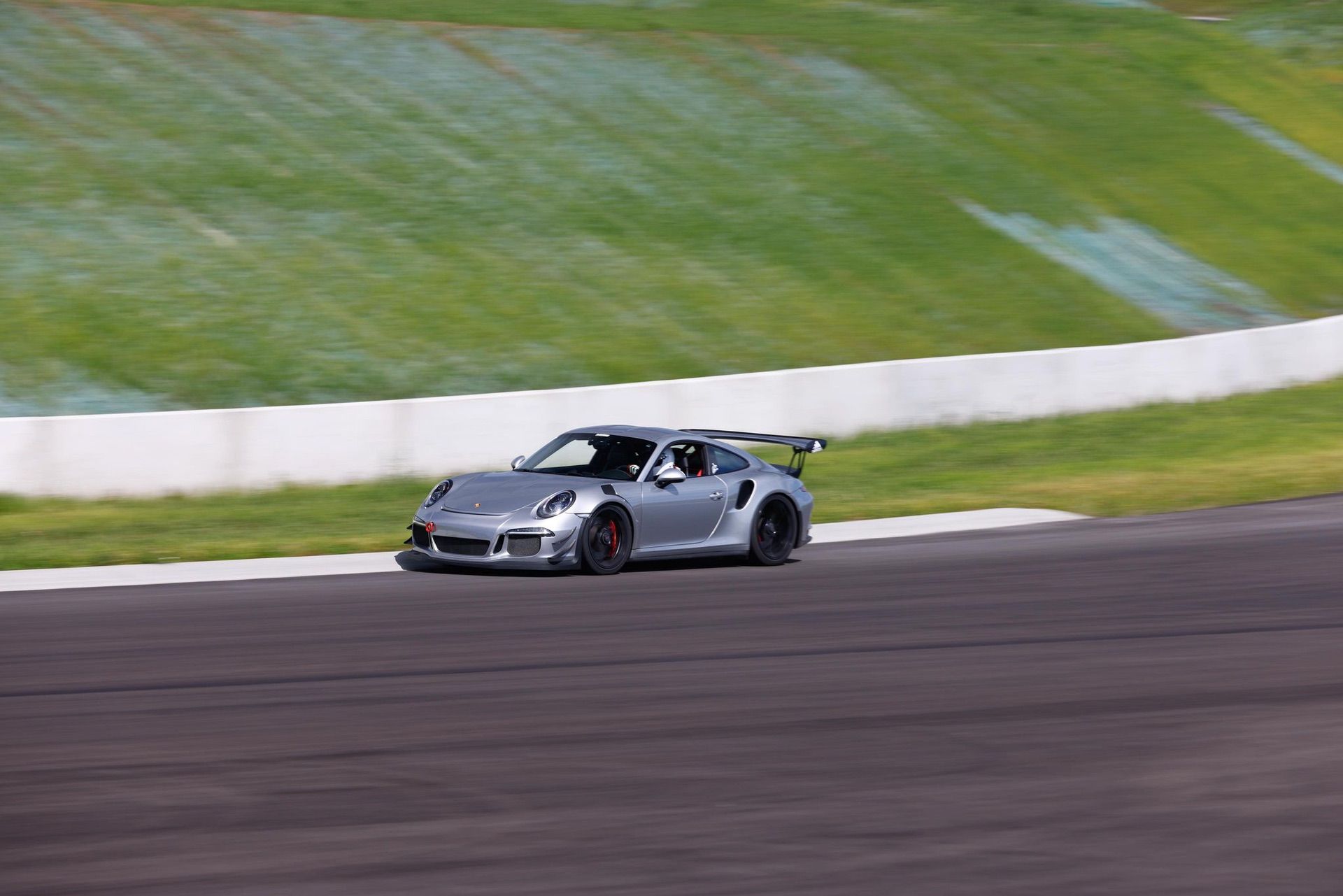
Treat High Performance Driving Like a Science
With the support of all the aides at your disposal—instructors, your lap timer, video, experienced drivers, etc.—create a sequence of goals and objectives that are easy to visualize as you progress throughout the day. This can be anything from incrementally improving your pace (lap times) in each session, to more specific things like braking a little deeper into a turn or hitting a higher top speed on the long straight.
This should all be done progressively as the event goes later into the day; the more laps you’ve turned around the course, the more your confidence and knowledge will grow.
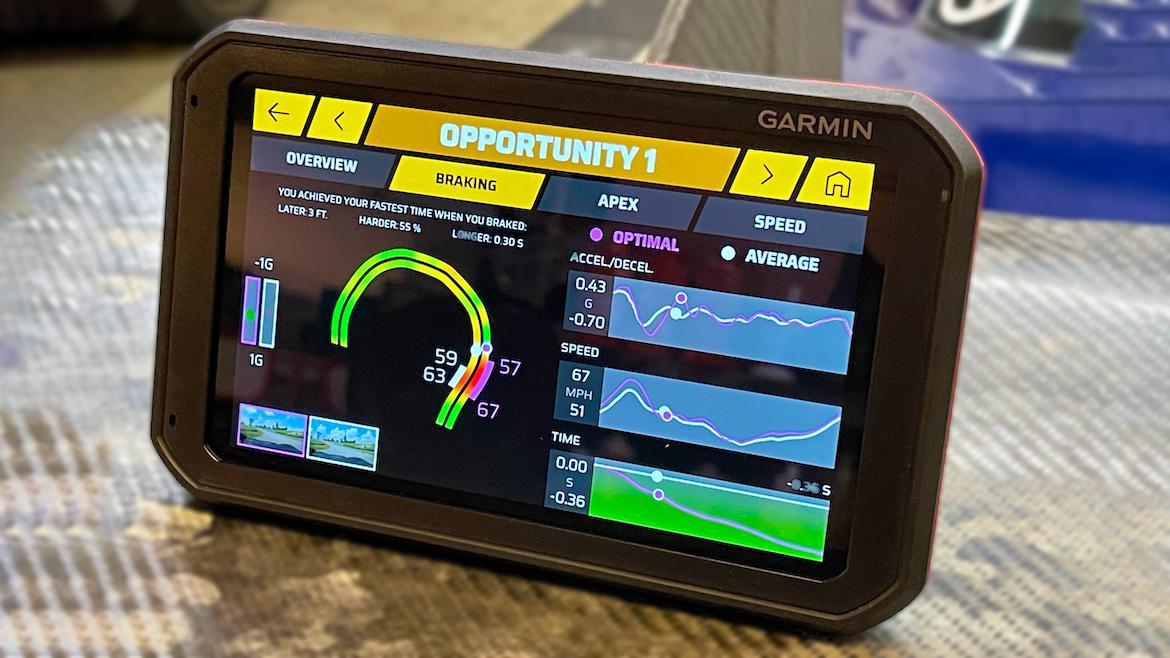
5 Things to Remember As You’re Leaving
Say Thank You
Don’t forget to thank the event organizers, instructors, helpers and facility staff who did an awesome job ensuring that your safety and enjoyment at the racetrack were at the top of mind. Some of the marshals have been standing in the hot sun all day, while organizers are running around all day making sure things go smoothly.
If there were any spin offs, fluids leaks, or worse, that day, they were also there clearing off the aftermath. It can be a tough job.
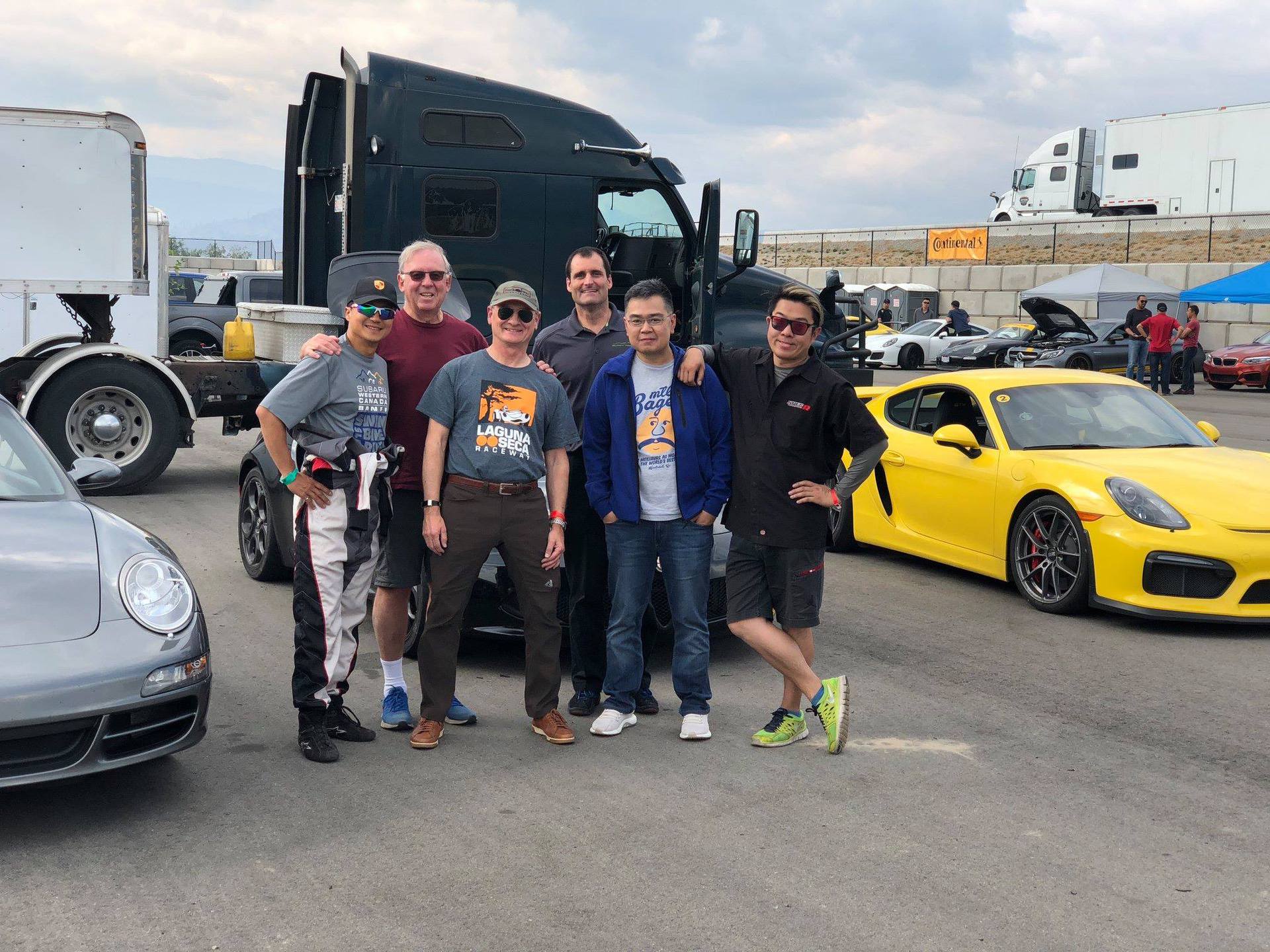
Clean up After Yourself
Your basecamp should be tidily packed up, with no signs that you were there (no garbage, spilled fluids, etc.). There’s a good chance you’ll run with the same group again in the future, so don’t do anything that could tarnish the relationship between them, the facility, or yourself.
Don’t forget to gather all your tools and equipment, as they may have been scattered (i.e. borrowed by others) during the day.
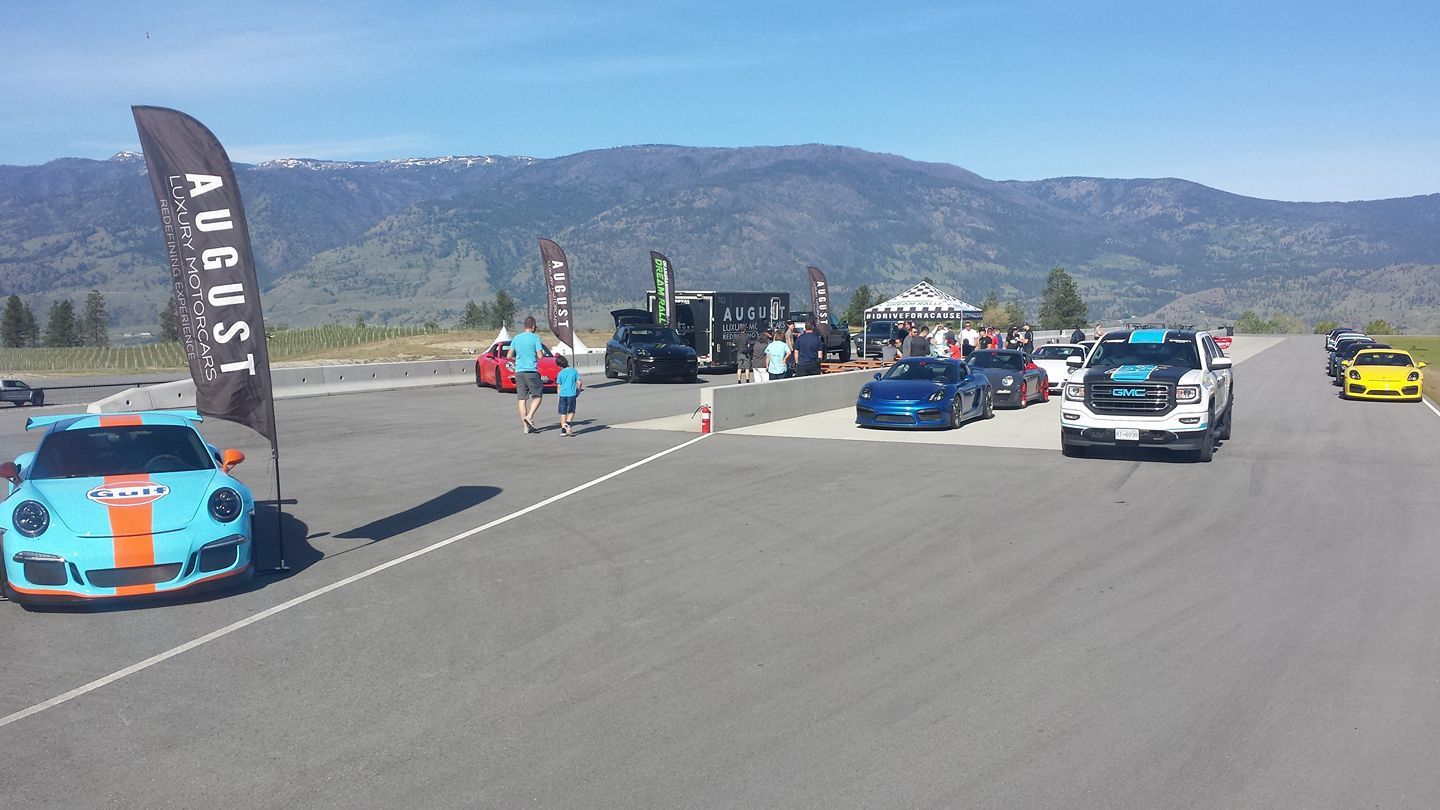
Make Sure Your Car is Ready to Hit the Road
If you’ve been adjusting tire pressures throughout the day (in some instances, lowering them well below OEM specs), make sure you borrow or bring an air compressor so that you can top back up before the drive home. If you’ve towed your car, go through the necessary checks to ensure everything is mounted up safely and securely.
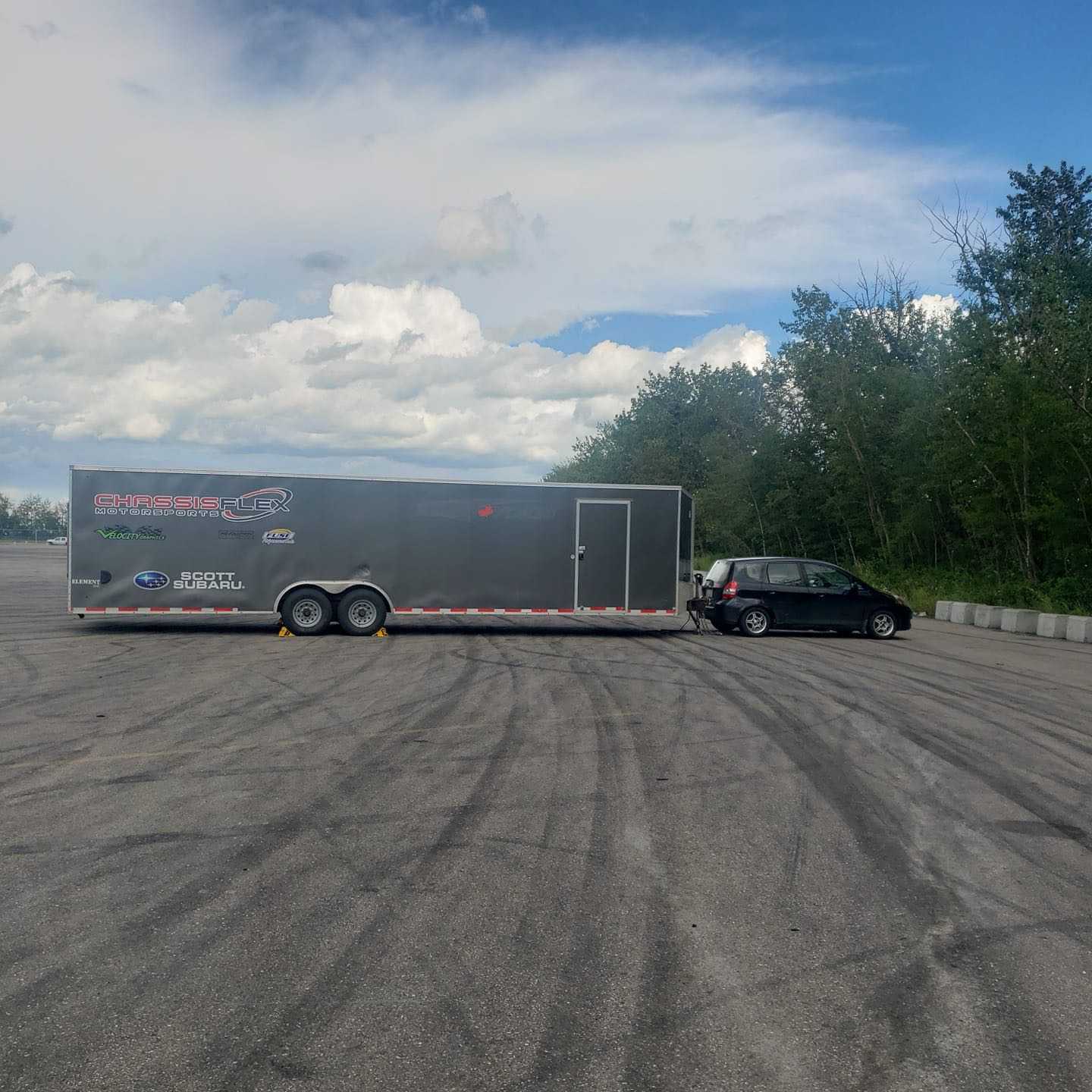
Drive Home Safe
Full-day events often run from 8 am to 5 pm, so by the end your body might be fatigued and your brain could still be in race track mode. Remind yourself that there are speed limits on public roads, and that they will probably feel extremely slow to you while you continue to adjust from the high-tempo nature of the event.
Enjoy a nice and chill ride home, turn on your favorite tunes, and crank the A/C if it’s hot out. Grabbing dinner on the way with the new friends you’ve made at the event isn’t a bad idea either.
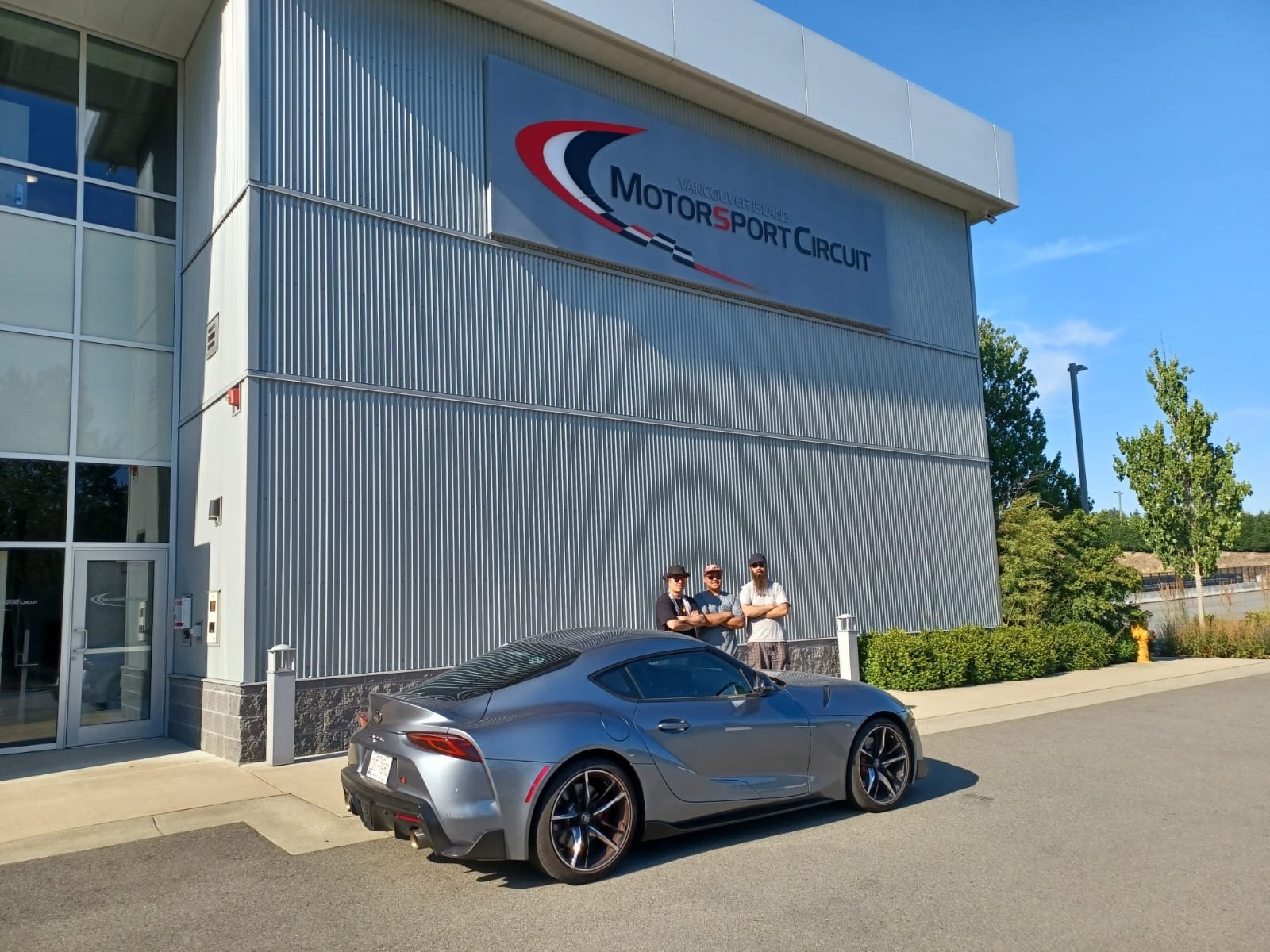
Start Planning for Your Next HPDE
You’re going to do this again, right? By now, you should already have a strong sense of accomplishment and a sense that you’ve graduated to a new level. This is what makes these events so rewarding after all, while also encouraging repeat customers.
Motorsport custodians always love to see more familiar faces at the race track, as it’s a sign the sport is growing. That being said, as a novice, you’ve purposely left plenty of room on the table for further improvement—opportunities to progress at the next event, and the ones after that, can be just as fruitful of an experience. You just have to keep coming back!
